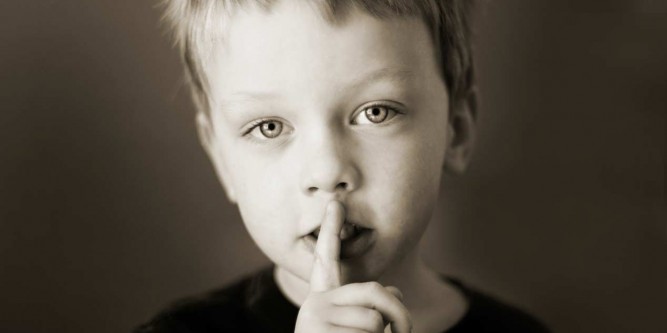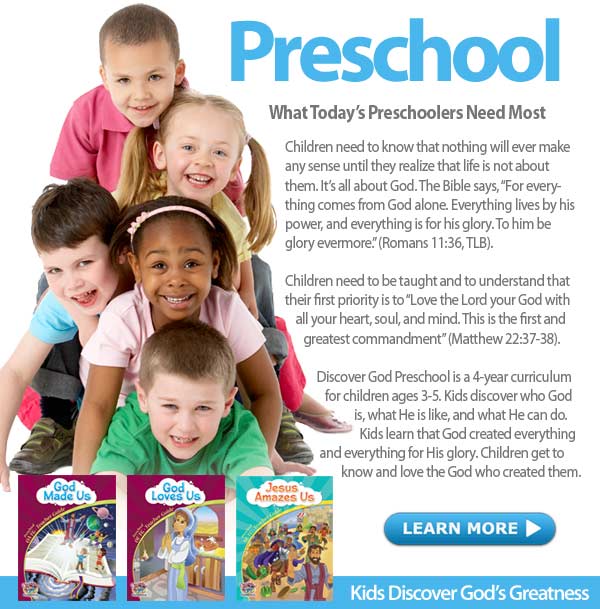Introduction:
The family is most important of all human relations, as it is the basic unit of society and the womb of the development of every individual’s personality. The adult of tomorrow is fashioned to a great extent in the family atmosphere of today.
According to Delores Curran, the family must achieve five basic functions in order to be considered a healthy family. The family must achieve economic survival and operate on its own internal resources. It must be able to provide protection for the individuals within the family group and be a place for withdrawal and security. It must be able to pass on the religious faith they hold. It must be able to educate its offspring. And, lastly, it must be able and willing to impart a sense of worth to the individuals within the unit.
Perhaps the worst problem facing the family today is the abuse of children within the family structure. The problem as to how pervasive abuse of children is in society has been brought to light only recently in studies by different groups. Abuse of children must be dealt with! Too many children have been warped by mistreatment.
Christians may wish to disagree, but there is also abuse among the ranks of the church. The sad fact is that many abusers use religion to rationalize abuse. Doesn’t the Scripture say, “Spare the rod and spoil the child,” and “Rebellion is born in the heart of a child, but the rod of correction drives it far from him”? Some Christian parents abuse their children for the same reasons non-Christian parents abuse their children. The major purpose for this work is to present a program which the local church might develop in order to combat child abuse in the local community.
The Problem: Child Abuse
Child abuse can be separated into four rather broad categories which invariably overlap in some areas. Child abuse can be considered any action or inaction which endangers a child’s normal development. This includes any danger to the child’s physical body as well as to his emotional, spiritual, or intellectual development.
Emotional or psychological abuse is abuse in which the child is subjected to a threat of words, ridiculed, or in any way jeopardized by the withholding of love. Emotional abuse stifles the normal development of the child’s personality by undermining his sense of self-worth or by emphasizing his inability to be of value.
Physical violence is abuse in which the child is exposed to bodily injury in which medical treatment is needed whether or not the child receives the treatment. The child who is physically abused may endure this abuse for several years with no one recognizing the problem. The child may exhibit the evidence of the abuse by cuts, bruises, or broken bones. Often physical abuse terminates with the death of the child.
Neglect is a broad category of abuse which includes “both passive neglect and active abuse or exploitation, and covers the social, emotional, educational, as well as the physical needs of the child.” Neglect presents itself when the parent fails to consider the needs of the child. This may either be their total neglect in an area or their expectations exceeding the limits of the child’s abilities.
Sexual abuse not only affects the child physically but also emotionally and spiritually. Physical injuries are likely to occur because the child is not prepared by his development for sexual relations. Also, emotional and spiritual damage occur that will impair the child’s normal development throughout the rest of his life.
Intervention
There are several factors which contribute to child abuse. In order to work effectively in abuse situations, one should understand that abuse does not just happen. There are steps leading up to abuse. Ruth and Henry Kempe related that,
Child abuse occurs in the presence of four factors. (1) the parents must have a background of emotional or physical deprivation and perhaps abuse as well; (2) a child must be seen as unlovable or disappointing; (3) there must be a crisis. The fourth factor is that no effective “lifeline,” or line of communication to sources of aid, exists at the moment of crisis.
This will allow one to understand that abuse is the end result of a chain of events which reach back several years. There are several problems to be faced by the church as it seeks to break that chain of events and to bring about help and healing for those who are abused and for those who abuse.
The place to begin in any abuse situation is with the child. The church must seek to aid the child to be free from the threat of further abuse. In doing this, the church faces the real possibility of alienating the abusing parent and also faces the possibility of legal action through some mistaken deed in seeking to intervene in a family situation. Be that as it may, the first responsibility for the church must be the welfare and safety of the child.
The first thing to be done is for the situation to be assessed as to the prevailing danger to the child Persons should be trained in order that they might watch for and recognize the signs of abuse. When behavior is perceived to indicate abusive treatment, the next step should be to make sure the appearance is in fact true. This can be done through candid observation and or talking to the neighbors of the suspected person. If the action is confirmed to be abusive, the persons involved should be confronted with the abnormality of the behavior. Solutions to the abnormal behavior should be discussed with the person. It should be realized that intervention is rarely as easy as just talking with the persons involved The behavior has taken years to develop and will likely not end without further treatment.
If there is a present danger to the child, the next action should be to notify the police or the appropriate local governmental authorities so that the child can be removed from the area of danger. These various agencies have the training and experience to evaluate the circumstance as to its threat to the physical and mental welfare of the child. They also have the legal means at their disposal to place the child in a protected environment if they feel such action is warranted.
The federal government and most states require one to report all suspected child abuse situations. The church needs to be aware of the legal requirements and comply with the law to the extent that it does not violate Christian ethics. The well-being of the child should take precedence over all other concerns.
Conclusion
The prevention of child abuse discussed would be brought about by the breaking of the chain of events, which leads to the abusive treatment of children. The intervention in child abuse situations should be done with caution but with the assured purpose of delivering a child from danger. Children are not property of their parents; rather, they are a gift given to nurture and to protect.
When a child is neither nurtured nor protected, then someone needs to intervene. The church is in a position to help.
If the parent or future parent can be made aware of the causes of abuse and the serious nature of the continuation of abuse, then perhaps the cycle can be severed. If the person who was abused as a child can understand and reshape his opinions of how parenting is to be done, then the cycle of abuse can be broken. Counseling and support can increase the chances of success. If the parent can be made aware of the various agencies which work for the betterment of family life, then perhaps he will be more willing to seek out those agencies in times of crisis. If the parent perceives that the church is serious and is there to aid his family in times of crisis, then he will be more willing to ask for aid.
Only through early training, serious work, and intervention by individuals, churches, and public agencies can there be real hope of helping reduce the risk of child abuse.
To see even more about preventing child abuse and educating families, Free Download.
About The Author:
PHILLIP L. SANDUSKY (B.A, Oakland City College) was Pastor at First General Baptist Church in Salem, Illinois.
______
The Church’s Ministry to Abused Children is taken from the Christian Education Journal, CEJ: Volume XII, Issue 2: Winter 1992 Pages 37-47. All rights reserved. Permission granted by Christian Education Journal.
Want to share this article outside of your ministry? Want to post this electronically? Please contact Dr. Kevin Lawson, Editor for permission Editor.cej@biola.edu.
Subscribe to Christian Education Journal: cej.subscriptions@biola.edu
______






As a former Child Abuse Administrator with the Illinois Department of Children and Family Services, I found the article to be correct with its assessments and analysis of the causes and types of child. My church has even developed a program that reduces the risk of abuse occurring at our church.
The article has precisly high lighted the need of the hour in ministry to children.
I am an Indian and in Indian context abuse of children is so common in one from or the other I am waiting to see how our children will be protected through an educational process.
I work with children in church Sunday school by training the volunteer and workers.
I will appreciate any help that would help me be an advocate to prevent
Child abuse.